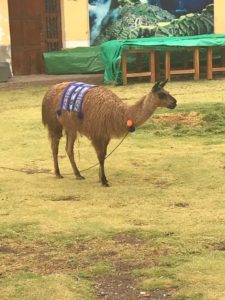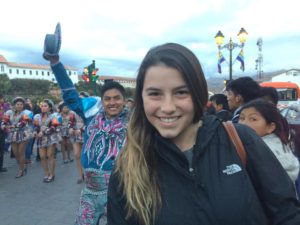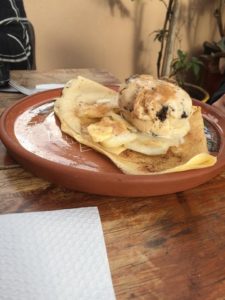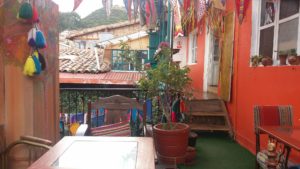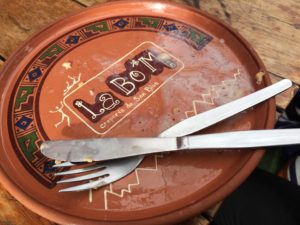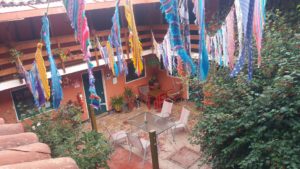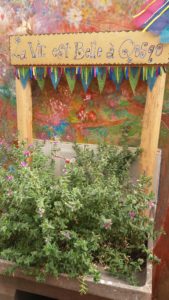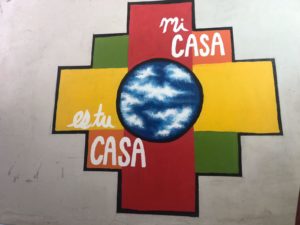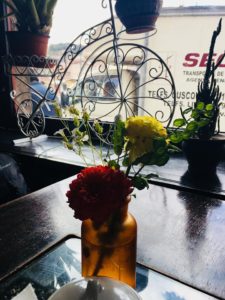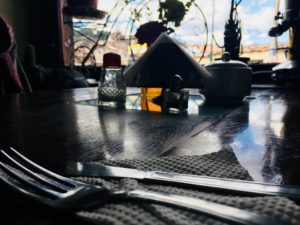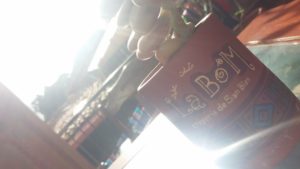I am proud to be an American. I love the United States and could not be more thankful to be an American citizen. For the first time in my life, I was not in the United States for the 4th of July. Peru, of course, does not celebrate our holiday, so all the other Americans at my home stay and I felt very strange. No fireworks, no barbecues, no red, white, or blue.
Suddenly, I started to think about the world’s attitude toward the United States. What do they think about our traditions, our people, our country? How do their thoughts differ from ours? As my first time out of the country, living in Peru for the summer has been the first opportunity I’ve had to look for these answers in an authentic way. I interviewed three friends on their views toward the US. I asked a lot of questions, but the two most interesting were “What is the first thing that comes to mind when you think about the United States?” and “What do you think about the politics of the United States?” Here were the responses:
What is the first thing that comes to mind when you think about the United States?
“A big country. I don’t know what language a person from the US might speak. I think of the states I know: San Francisco, Nevada, Colorado, New Mexico, Washington D.C., Miami, North and South Carolina, and New Jersey. I also think about New York and 9/11.”
-Woman from Cusco, age 40
“California, money, army and war, good education, and my volunteers.”
-Man from Cusco, age 33
“Disney, fast food, the mountain with the heads [Mount Rushmore], Hollywood, the Statue of Liberty, Liberty Bell, Hamilton [the musical], and Donald Trump”
-Woman from Australia, age 21
I noted that the two citizens of Cusco talked about the states themselves. Further conversation indicated that the states mentioned are where family members and friends live. Both said that if given the chance to visit the US, they would first go visit friends and family before thinking about sightseeing or other activities.
This reflects how highly family ideals are placed within Peruvian society. Instead of sending them to a hospital, most children live with and take care of their older parents until death. Mealtimes are lengthy and rarely spent alone. Family and friends gather to enjoy food and each other’s company, another indication of the strong family values held here.
What do you think about the politics of the United States?
“ It is different than Peru; Peru is very corrupt. The United States is corrupt, but not as corrupt as Peru. A lot of people do not agree with the current President. Something that is different to me is that the people who elect the president [in the US] can elect by computer. In Peru, voting is not an option. We need to be present and vote by paper.”
-Woman from Cusco, age 40
“I admire them because they keep their word. They are honest. Here in Latin America there is much dishonesty. They have the best system of democracy in the world because they respect the Constitution and the laws.”
-Man from Cusco, age 33
“The political system is different. It is much more complicated than in Australia. Money makes law. Voting should be mandatory but should last longer than a single day to account for work and class schedules.”
-Woman from Australia, age 21
I did a little bit of research on the “corruption” mentioned in the first response. Peruvian politics have been experiencing a lot of change recently. The former president Pedro Pablo Kuczynski (PPK for short) did not have favor with his people. Elicitations caused corruption and promises he made to his people were not kept. In March, PPK resigned and a new president came into office. However, because of the major corruption caused by PPK, Peruvian citizens have lost faith and trust in politics. Peruvians want a leader they can trust and someone who will keep promises made to the people. This explains why the second response focused on the honesty and trust the man had seen in American politics. These qualities are something that he desires for his own country.
In contrast to the Peruvian values of trust and honesty, it is interesting to note the progressive focus of the Australian response. In a more developed country like Australia, it makes sense that efficiency would be important. Once a good voting system has been established, it needs to be perfected. More efficiency means more progress, and progress is good. While I don’t believe any voting system is 100% flawless, but I think it would be interesting to see how the US voting system could change with these suggestions.
Having these discussions was very interesting and insightful for me. As my friends talked, I understood how their opinions formed based on the cultural values of their own country. Not only did these conversations reveal things I never considered about the United States, but also things I never considered about other countries. This was another big reminder of how diverse the countries of the world are. These conversations showed me that when I engage with cultural differences, I not only learn more about the world around me, I learn more about myself and my own perspective. I can’t wait to see what more I can learn from my last week here in Cusco!













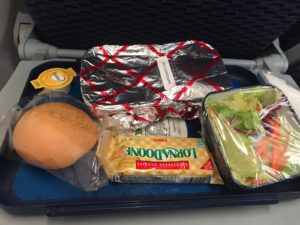
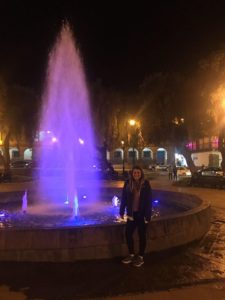 This was taken in the middle of San Fransisco Plaza.The fountain changes colors and I just couldn’t resist the photo opportunity! Right across the street is a little restaurant called La Quadra where my friends and I love to enjoy the view and unwind from a long day.
This was taken in the middle of San Fransisco Plaza.The fountain changes colors and I just couldn’t resist the photo opportunity! Right across the street is a little restaurant called La Quadra where my friends and I love to enjoy the view and unwind from a long day.